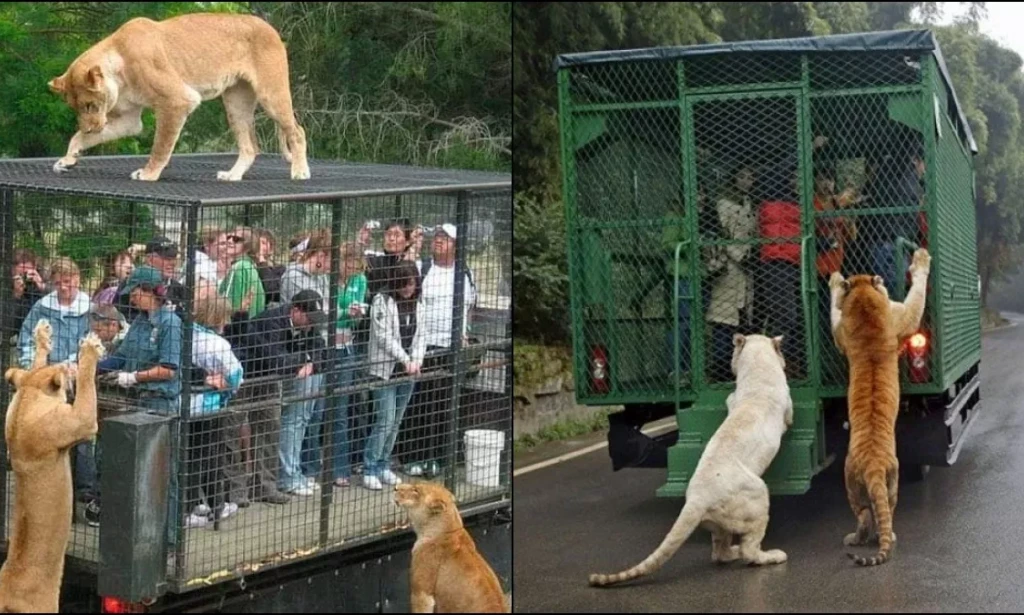The Zoo Business and the Invisible Price Trap
Once upon a time, in a bustling city where businesses rose and fell like tides, a man named Mr. Greg had an ambitious dream—to open the most exciting zoo the city had ever seen. He invested every penny into bringing exotic animals, building grand enclosures, and ensuring the experience would be unforgettable.
Excited about his venture, he put up a large billboard:
“Grand Opening! Visit the Most Amazing Zoo—Entrance Fee: $300”
He waited. And waited.
Days passed, but not a single visitor showed up. The streets were busy, people walked by, but no one dared to pay such a hefty price just to see some animals.
“Maybe the price is too high,” he thought.
So, he slashed it to $200. Still, no one came.
Frustrated, he cut it further to $10—a price anyone could afford. But to his shock, the response remained the same.
Mr. Greg realized something crucial: It wasn’t about the price. It was about perceived value. People assumed that if the price dropped so much, the zoo might not be worth visiting.
Then, he had a brilliant (and slightly devious) idea.
The Free Entrance Masterstroke
The next morning, the city woke up to a new banner:
"FREE ZOO ENTRANCE! NO CHARGES—COME ONE, COME ALL!"
Curious people flooded in, eager to explore. Within hours, the zoo was packed. Parents brought their children, couples strolled hand-in-hand, and even skeptical businessmen wandered in, thinking, "Well, if it's free, why not?"
As visitors marveled at the lions, tigers, and elephants, Mr. Greg quietly signaled his staff. With a loud clang, the entrance gates shut.
Then, another announcement appeared over the speaker:
"Ladies and gentlemen, we hope you’ve enjoyed your visit. Exiting the zoo now costs $500 per person."
The crowd gasped. Panic spread like wildfire. Some tried to argue, others pleaded, but the guards remained firm.
"You can stay as long as you want," Mr. Greg calmly said, "but if you want to leave, you'll have to pay."
One by one, every visitor grudgingly handed over the fee. Nobody wanted to be trapped overnight in a zoo—especially with wild animals around.
The Business Lessons from the Zoo Trap
Mr. Greg walked away with a fortune, but his lesson went far beyond making money. Here’s what every aspiring entrepreneur can learn from his unconventional pricing strategy:
1. “Free” is Never Really Free
Businesses that offer free services often have hidden costs. Free trials, free products, and freemium models exist to get you through the door, but eventually, they’ll charge you in some way—through upgrades, subscriptions, or add-ons.
Entrepreneurs must be aware of this strategy. Giving something for free should have a clear, profitable plan behind it.
2. Perceived Value is More Important Than Price
When Mr. Greg reduced his zoo’s price, people assumed it wasn’t worth visiting. But when it became free, they rushed in, thinking they were getting an exclusive deal.
The same applies to business.
Price too low? Customers may think it's low quality.
Price too high? They might not see its value.
Offer it for free? You can create demand but must have a plan to monetize later.
3. Scarcity and Urgency Drive Sales
When Mr. Greg locked the gates, people suddenly valued their exit. He created scarcity (only one way out) and urgency (nobody wanted to stay overnight with lions).
Entrepreneurs use similar tactics in business:
- Limited-time offers (“Only 24 hours left!”)
- Exclusive deals (“Only for the first 50 customers!”)
- High-demand warnings (“Selling out fast!”)
4. Know Your Customer’s Psychology
Mr. Greg knew that people love free things but hate losing control. He let them enter with joy and later made them pay out of necessity.
Smart businesses do this all the time:
- Restaurants offer free appetizers, knowing customers will stay for a full meal.
- Streaming platforms give free trials, knowing users will get hooked.
- Airlines offer cheap base tickets, then charge for baggage, food, and seat selection.
5. Never Undervalue Your Product or Service
Had Mr. Greg stuck to his original price and built strong branding around an “exclusive luxury zoo experience,” he might have attracted high-end customers who valued premium experiences.
Entrepreneurs must be careful not to devalue their own business. If you’re too cheap, customers will assume something is wrong with your product.
Instead of slashing prices, increase perceived value by:
- Offering bonuses or unique features.
- Showcasing testimonials and success stories.
- Branding your product as exclusive or premium.
The Grand Takeaway: Business is a Zoo
At the end of the day, business is like Mr. Greg’s zoo—a mix of strategy, psychology, and pricing tactics.
If you’re starting a business, remember:
- Don't just offer things for free without a strategy.
- Understand your customers and what drives them.
- Use pricing psychology to your advantage.
And most importantly, make sure your business has an exit strategy—because, just like in the zoo, staying trapped is never a good idea.
Final Thought 🤔 💭
Next time you see a “free” offer, ask yourself—what’s the real price? Because in business, nothing is ever truly free.

You must be logged in to post a comment.